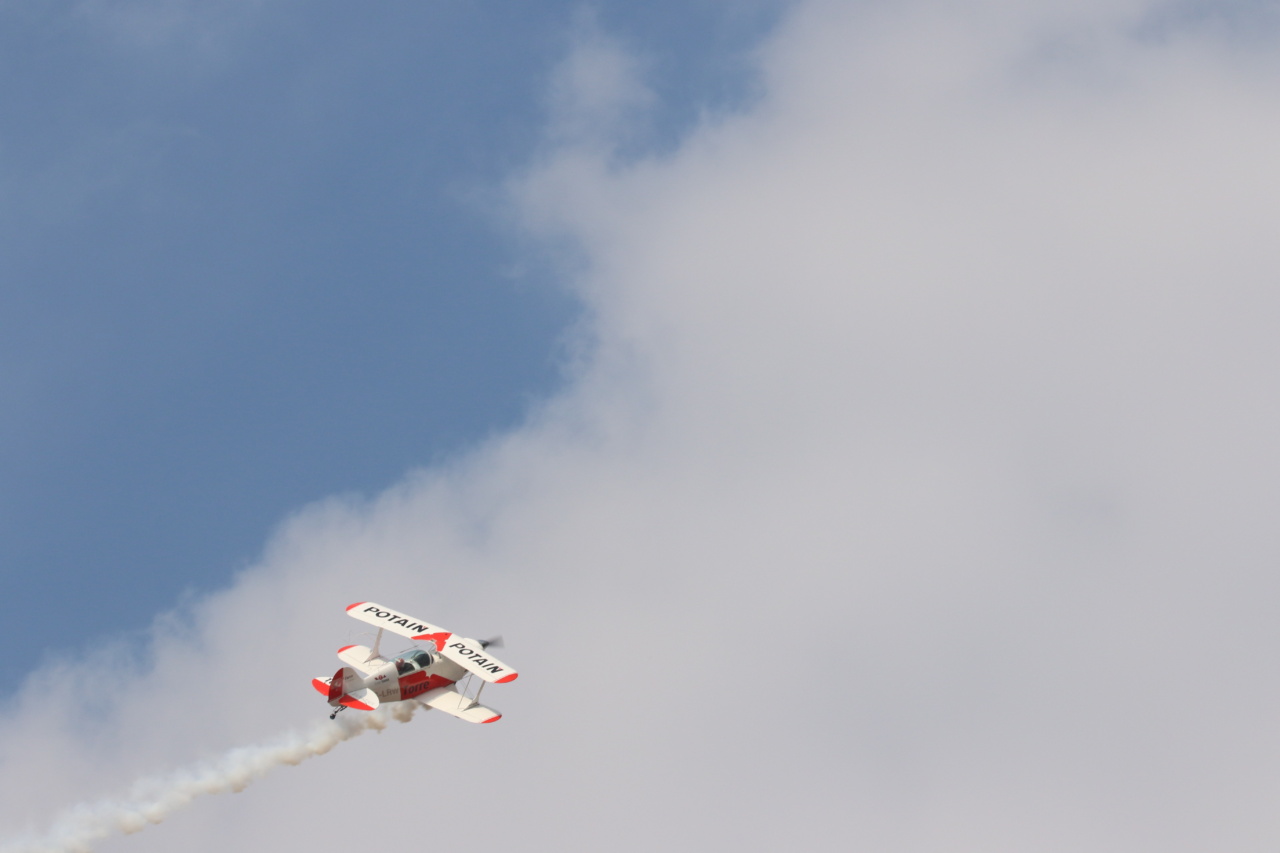Flying can be an exciting and convenient way to travel, but it often comes with the risk of getting sick.
The close proximity to other passengers, recycled air, and confined space can create an environment that is conducive to the spread of germs and viruses. However, there are several tricks and tips that you can employ to minimize your chances of falling ill while flying. In this article, we will explore ten effective strategies to avoid getting sick during your next flight.
1. Wash Your Hands Frequently
One of the simplest yet most effective ways to prevent the transmission of germs is to wash your hands regularly. Airports and airplanes are teeming with bacteria, so make sure to thoroughly wash your hands with soap and water for at least 20 seconds.
If soap and water are not available, carry a hand sanitizer with at least 60% alcohol content and use it frequently.
2. Stay Hydrated
Dehydration can weaken your immune system, making you more susceptible to illnesses. It is crucial to stay hydrated during your flight to maintain optimal health. Drink plenty of water before, during, and after your flight.
Avoid excessive consumption of alcohol and caffeine as they can contribute to dehydration.
3. Boost Your Immune System
Building a robust immune system can help protect you from various infections. Consume immune-boosting foods and supplements, such as Vitamin C, Vitamin D, and probiotics, prior to your flight.
Additionally, make sure to get plenty of rest and manage stress levels to strengthen your immune system.
4. Choose Your Seat Wisely
The location of your seat can significantly affect your exposure to germs. Opt for a window seat to minimize contact with other passengers who may be moving around the cabin.
Additionally, try to select a seat away from the lavatory to reduce the risk of exposure to airborne pathogens.
5. Avoid Touching Your Face
Touching your face, particularly your eyes, nose, and mouth, can facilitate the entry of pathogens into your body. Be conscious of this habit and avoid touching your face as much as possible.
If you need to touch your face, make sure to wash or sanitize your hands beforehand.
6. Use Disinfecting Wipes
Pack some disinfecting wipes in your carry-on and use them to sanitize commonly touched surfaces, such as tray tables, armrests, and seat belts.
These areas tend to harbor numerous bacteria and viruses, and wiping them down can help reduce the risk of contamination.
7. Wear a Mask
Although wearing a mask may not provide complete protection, it can act as a physical barrier against droplets containing viruses. Consider wearing a surgical mask or a high-quality respirator mask to reduce your exposure to airborne pathogens.
Remember to properly dispose of single-use masks and replace them when they become damp or soiled.
8. Ensure Proper Ventilation
Adequate ventilation can help mitigate the spread of airborne illnesses. When available, direct the air vent above your seat to create a personal airflow barrier.
The airflow can help divert potentially contaminated air away from your immediate vicinity, reducing your risk of inhaling infectious particles.
9. Carry Essential Medications
If you have pre-existing medical conditions or prone to motion sickness, it is crucial to carry essential medications with you.
Consult your healthcare provider before your trip to ensure you have an adequate supply of any necessary prescriptions, as well as over-the-counter medications for common ailments.
10. Practice Good Respiratory Hygiene
Finally, practicing good respiratory hygiene is crucial in preventing the spread of germs. Cover your mouth and nose with a tissue or your elbow when coughing or sneezing. Dispose of used tissues properly and wash your hands afterward.
If you observe other passengers displaying symptoms of respiratory illness, notify cabin crew immediately.































